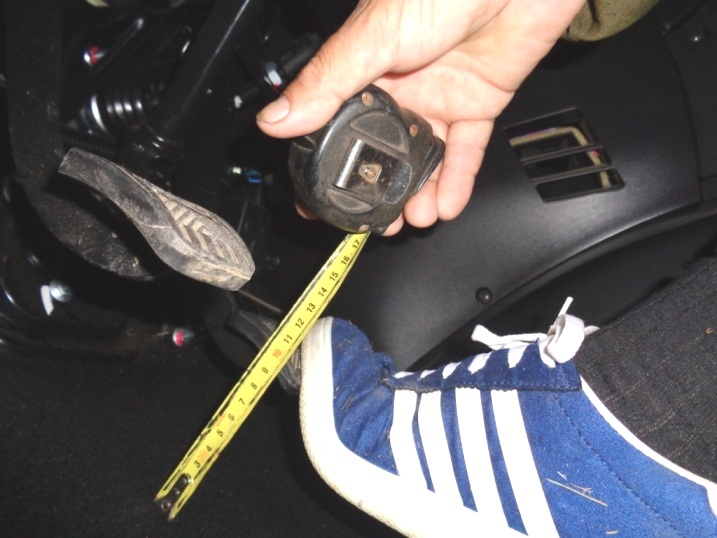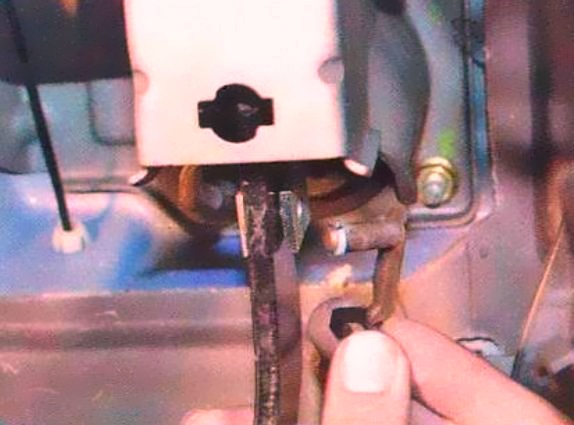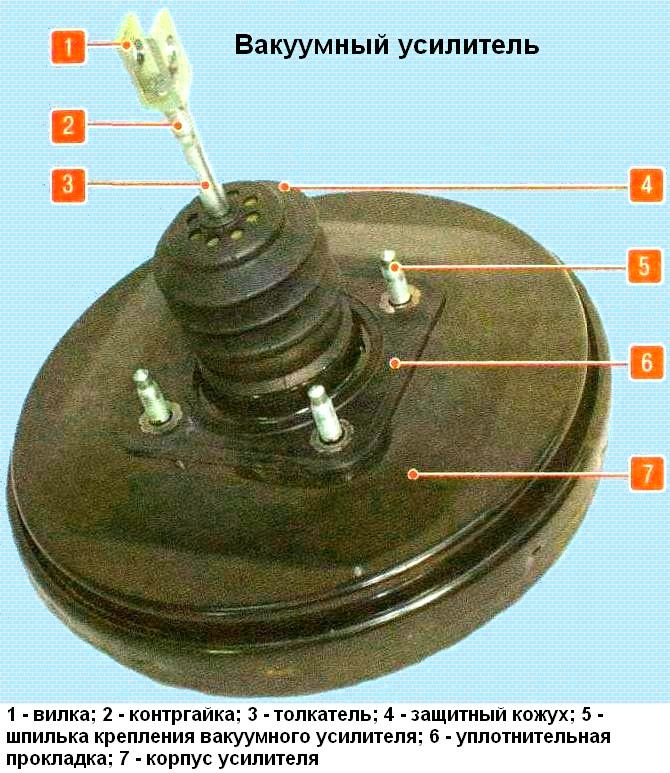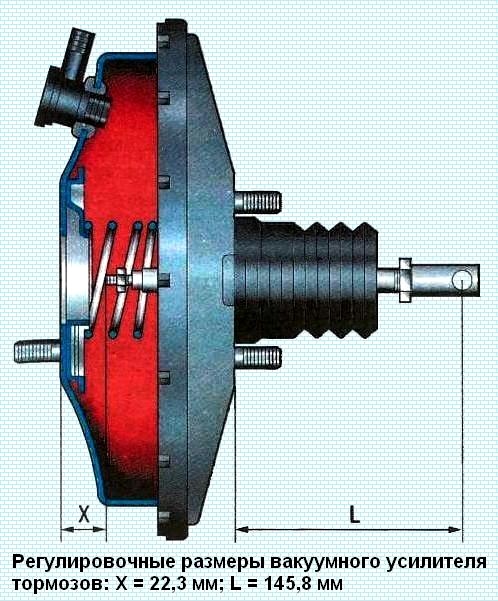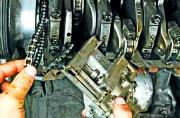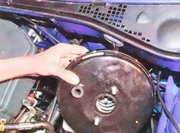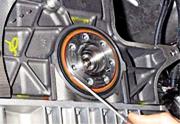The correct position of the brake pedal in the free state and pressed all the way (pedal stroke) is one of the criteria for checking the health of the brake system
At the same time, the position of the pedal largely ensures the correct operation of the system
If the pedal is at a distance from the floor that is greater than the standard, the wheels may not fully release when the pedal is released (usually there is no free play of the pedal).
If the pedal is set too low, there may be reduced brake performance due to reduced pedal travel.
You will need: ruler, key "13", pliers.
depress the brake pedal all the way and measure the distance from the pedal pad to the floor.
The ruler must be set perpendicular to the floor plane.
Release the pedal and re-measure the distance from the pedal pad to the free floor.
This, the distance should be 100-105mm.
Dimensional difference between two measurements is the "Full" stroke of the pedal, which should be 60 ~ 65mm.
If the distance from the pedal pad to the floor is not as specified, adjust it by changing the length of the pushrod of the brake booster.
Disconnect the pusher fork from the brake pedal (see "Replacing the Renault Logan vacuum").
Loosen the locknut 2 of the fork and, holding the pusher 3 from turning, rotate the fork 1 in the desired direction.
One turn of the fork changes the position of the brake pedal by approximately 5 mm.
For clarity, the work is shown on a removed vacuum amplifier.
The manufacturer recommends removing the amplifier from the car to adjust the pedal position; with sufficient skills, adjustment can also be made directly on the car.
Check the free play of the brake pedal by moving the pedal by hand until the pedal stops moving without resistance.
Determine the value of the free play on the ruler, it should be 8 -10 mm.
The free play mismatch with the specified value can be caused by the following reasons:
- - increased play in the connection of the pusher fork of the vacuum booster and the pedal. This may be due to wear on the fork pin and holes in the fork and pedal;
- - the distance from the pedal pad to the floor in the free state is incorrectly adjusted (see paragraph 2, as well as the size L in Fig. 1);
- - dimension X is incorrectly adjusted (see Fig. 1) between the end of the adjusting bolt of the brake booster rod and the flange of its body for connecting the master brake cylinder.
If the pedal travel is greater than the value. given in paragraph 2, this indicates the presence of air in the hydraulic drive of the brakes or the wear limit of the brake pads, brake discs or drums.
Bleed air from the hydraulic drive
If the pedal is pressed all the way down and held in this position, the pedal gradually moves to the floor, this indicates a fluid leak from the hydraulic drive or a malfunction of the brake master cylinder.
These malfunctions are very dangerous, so find the leak immediately and fix it or replace the brake master cylinder.







